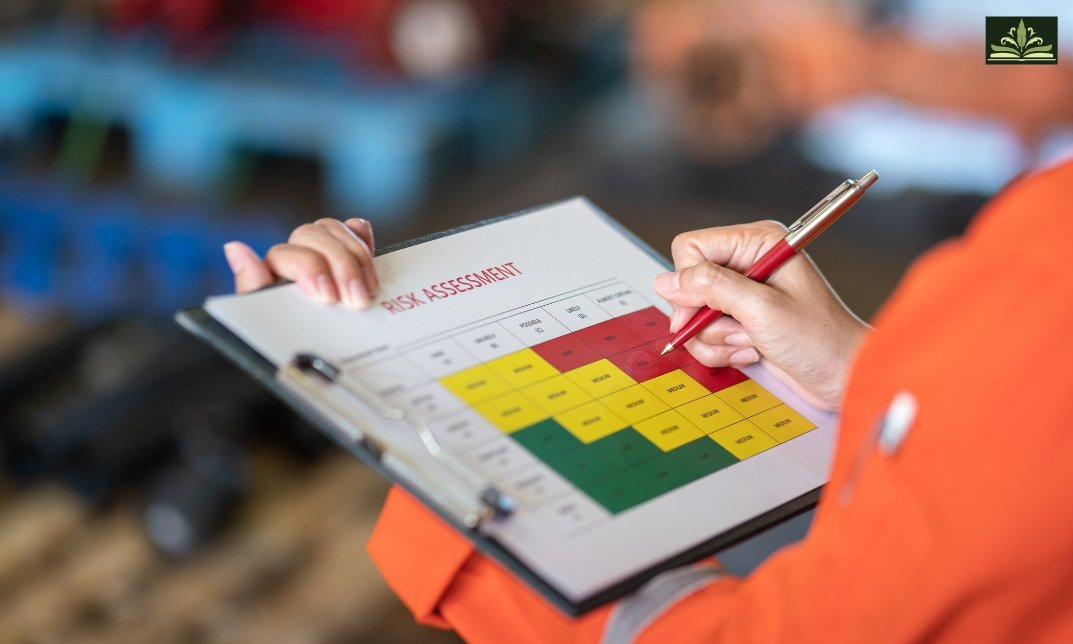No products in the cart.
If you’ve been searching for a way to relieve pain, improve mobility, or recover from an injury, you might have come across both “physiotherapy” and “physical therapy.” It can be confusing to see these terms used in different places, and you might wonder if they mean the same thing. Are they just different names for the same treatment, or is there more to it? Let’s look at what these terms really mean, how they overlap, and what makes them unique.
What Is Physiotherapy?
Physiotherapy helps people move better and feel less pain. It’s often used for people recovering from injuries, surgery, or illnesses. The main goal is to help patients regain strength and mobility without needing surgery or medication whenever possible.
A physiotherapist will create a personal plan for each patient. This plan may include exercises, massages, and tips for better posture. Some physiotherapists might also use equipment like ultrasound machines or hot and cold packs. All these techniques are used to help you get back to your normal life.

What Is Physical Therapy?
So, is physiotherapy the same as physical therapy? In many ways, yes. Both involve helping people with pain, injuries, or physical problems. Like physiotherapy, physical therapy aims to help patients move better and feel stronger.
The term “physical therapy” is more common in the United Kingdom. Meanwhile, “physiotherapy” is often used in the United States, Australia, and Canada. Despite this difference in names, both terms refer to similar practices and share the same goals.
How Are Physiotherapy and Physical Therapy Similar?
If you’re still wondering, “Is physiotherapy the same as physical therapy?” let’s look at how they are alike:
- Focus on Recovery: Both physiotherapy and physical therapy aim to help people move better and feel less pain. They treat people of all ages, from kids to seniors.
- Use of Similar Techniques: Both therapies use methods like exercises, massages, and stretches. They may also involve hands-on techniques like joint movements.
- Patient-Centred Care: Both physiotherapy and physical therapy offer plans that are customised to each person’s needs. The focus is always on what will help the patient the most.
- Qualified Professionals: Whether you see a physiotherapist or a physical therapist, you will be treated by someone who is well-trained. Both professionals study for several years and are often registered with official health bodies.
Are There Any Differences?
Now, are there any differences between physiotherapy and physical therapy? While they are very similar, there are a few differences, mainly related to where they are practiced.
- Different Words for Different Places: In the UK, Australia, and Canada, “physiotherapy” is the common term. In the US, people usually say “physical therapy.” But both refer to similar treatments.
- Slight Differences in Services: In some countries, physiotherapy might cover a wider range of services, like health promotion and prevention. Meanwhile, physical therapy might focus more on clinical treatments. However, these differences can vary from place to place.
- Training Differences: The path to becoming a physiotherapist or a physical therapist might be a bit different depending on the country. The courses might not be the same, but both are trained to help people move and feel better.
When Should You See a Physiotherapist or Physical Therapist?

When should you think about seeing a physiotherapist or physical therapist? Here are some situations where they can help:
- After Surgery: If you have had surgery, a therapist can help you regain movement and strength.
- Pain Relief: Many people visit a therapist to manage pain from arthritis, back issues, or injuries.
- Improve Mobility: If you have trouble moving, therapy can help you get back to normal activities.
- Prevent Injuries: Therapists can give advice and exercises to help you avoid injuries, especially if you are an athlete.
What Happens During Your First Visit?
If you decide to see a therapist, here’s what you can expect at your first appointment:
- Initial Assessment: Your therapist will ask about your health history and any pain you have. They might also check how well you can move.
- Setting Goals: Together, you will set goals. These might include reducing pain, moving more easily, or going back to activities you enjoy.
- Creating a Plan: Your therapist will design a plan that may include exercises, stretches, or massages.
- Follow-Up Sessions: You will likely need several sessions. Your therapist will check your progress and adjust the plan as needed.
Can Physiotherapy and Physical Therapy Work Together?
So, can physiotherapy and physical therapy work together? Since they are essentially the same, it is common for these therapies to be used along with other treatments. For example, some people get therapy while also taking medication or preparing for surgery.
Conclusion
Is physiotherapy the same as physical therapy? In most cases, yes. The terms are often used to mean the same thing. Both therapies focus on helping people move better, feel less pain, and recover from injuries. There might be small differences in the words used or the services offered in different places, but the goal is always the same: to help people improve their physical health.
Understanding these similarities and differences can help you decide what kind of care you need. Whether you call it physiotherapy or physical therapy, finding the right professional to help you is what truly matters.







